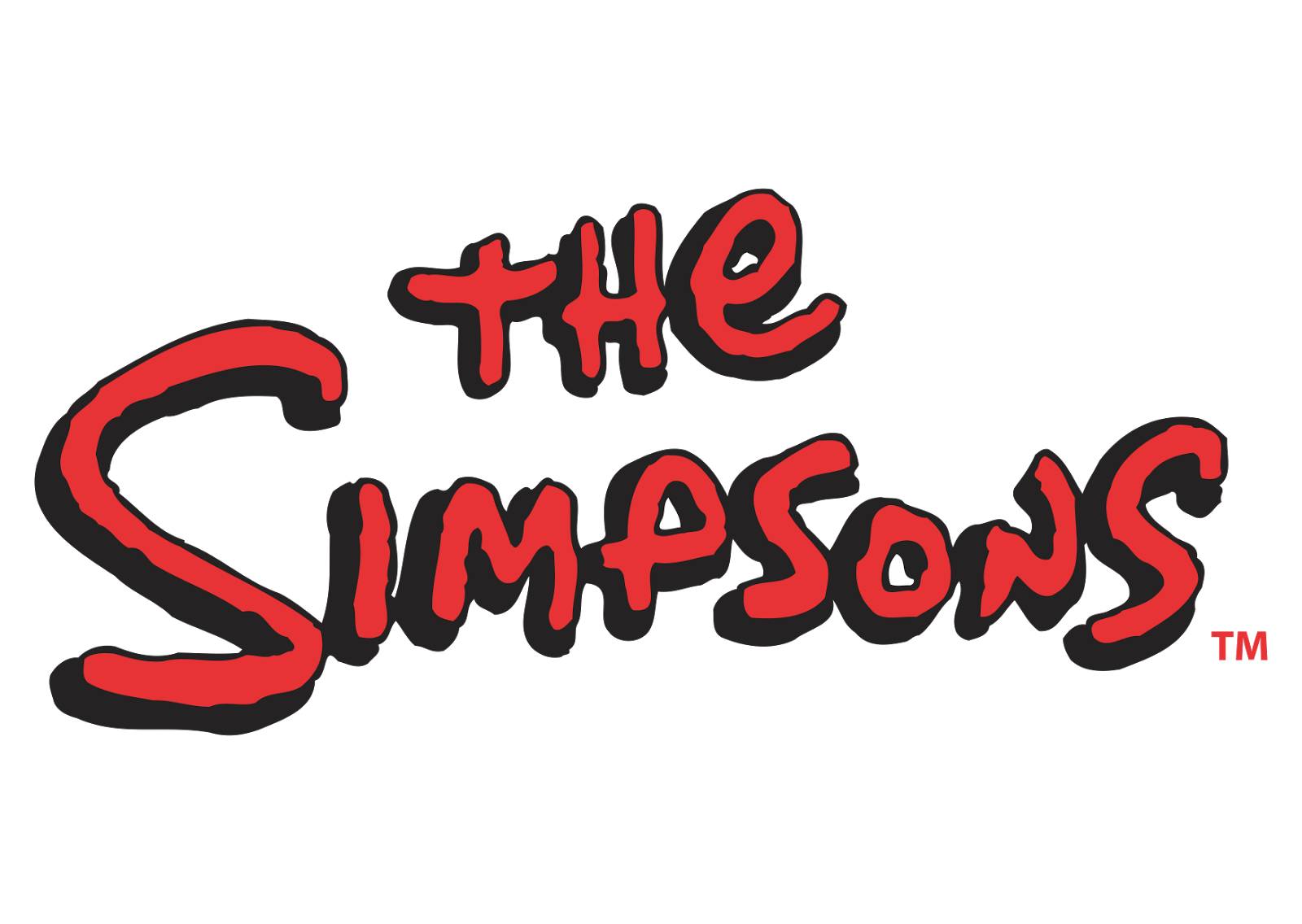Was ist denn passiert? Gibt es wirklich keinen öffentlichrechtlichen Rundfunk mehr?
- 9 Posts
- 440 Comments

 4·18 hours ago
4·18 hours agoLook up the largest stadium in the world, Strahov in Prague, that hosted the Communist “Spartakiad” parade every May 1st. Almost every performer and attendee arrived via the high-capacity tram and bus terminal Smyčka Dlabačov, often after taking a train and the metro. As a result, the parking lot is absolutely tiny.

 1·18 hours ago
1·18 hours ago@kurcatovium@lemm.ee
Very few languages spell it “kurčatovium”, which pretty much only left Czechia and Slovakia. After that, it was a basic search of your profile.
I watched the program at lunch and saw no attribution anywhere. The shots are all stable and sharp, and the camera must have had a big heavy lens judging by the zoom and depth of field, and the smoothness of moving shots. There is no giveaway such as a ČT microphone in an interview but I think I’ve made my case with >90% certainty.
And @kurcatovium@lemm.ee; I’m 95% sure they are Czech.
ČT is pretty credible and does not use other people’s footage without attribution. It’s most likely their crew filmed this. And isn’t Radegast also sold in Poland?
Yup, it’s the Czech Republic. The footage was taken by ČT (See today’s Otázky Václava Moravce at 26:13, filmed at Stolařství Milan Klega, Proskovická 213, Ostrava-Stará Bělá)
Dieses kitschiges Kontrast und Naturelemente erinnern mich von Frutiger Aero (z. B. Fenster 7). Also ja, sie steckt im irgendwelchen Mikroweich-Betriebsystem bevor der Verscheißifizierungsära.
 2·2 days ago
2·2 days agoSo, uh… The EasyCAP device passes both fields into your PC but the video says that the driver does not interpret them correctly and uses probably the most common, incorrect deinterlacing method (see earlier comment with the method list). It is technically possible to reinterlace the video but I haven’t needed to do that, and you should do so before any lossy encoding to a file. I assume the community-written Linux driver has no such issue.
The tutorial is mostly correct for people who want to create YouTube uploads with just one program (for YouTube, progressive video is required and the 480p stream cannot be 60 fps and has a terrible bitrate (and 576p for PAL is not available AT ALL so 1080p60 makes sense) but I strongly recommend not deinterlacing nor scaling in OBS, you can do that later. Record 480i (interlaced) files at very high bitrate and perform the deinterlacing in post.

 11·2 days ago
11·2 days agoNot in the egg compartment, of course, but most other places will do.
 2·2 days ago
2·2 days agoHmmm… It seems to be an EasyCAP clone, there are several devices in this form factor with different chipsets. As far as I’ve looked, they all will stream lossless interlaced video and it’s up to you how to handle it. The “720p” claim in the listing is likely bogus - the seller just misread the actual spec, which is 720x480i for NTSC and 720x576i for PAL. The last time I was capturing video, I used the VirtualDub software, which can store the raw capture in HuffYUV, however OBS can also capture interlaced video with decent compression. This capture device seems to be labeled as “BR116” based on photos in reviews, which can help identifying the chipset. BR116 is sold by Conrad and its manual by them mentions “STK1160” in a screenshot, so this Amazon one most likely also uses the STK1160 chip, which was one of the worst ones in this timebase stability test (which means it has no TBC). However, it’s alright if your VCR is a late model that already does TBC internally.
 2·3 days ago
2·3 days agoFirst question addressed in other today’s comment.
Yes, within OBS. IDK where it shows if frames were dropped but it most likely at least writes it to some kind of log. It is a key statistic for most use cases of the software so it would be bonkers if you couldn’t find it.
Auto-gain is a microphone thing, you likely won’t see it with line inputs on converters and capture cards because line levels are standardized and there will most likely be no overshoot.
 2·3 days ago
2·3 days agoGet an actual composite capture card for the job. HDMI converters are passable for displays and not much else, especially if they insist on scaling to HD. Most generic capture cards will output the correct, interlaced video to your PC. Check community reviews online by people who know what interlacing means. As for a question in your other comment, you then need to check that your software’s video output is interlaced and the correct resolution and frame rate. I use
ffprobe(CLI) or MediaInfo (CLI/GUI) to check this.The composite signal frequency will be either 50 Hz (SECAM or PAL) or 60000/1001 Hz (NTSC), depending on your region. Some later PAL decks have NTSC playback but you won’t see home NTSC recordings in PAL countries and vice versa unless your family moved. A good capture card driver will let you pick between these three standards and even tell you how many lines of video have been detected. However, this is not necessary as many capture cards will autodetect everything. If the resulting video is B/W, it’s probably an incorrectly set standard (NTSC and PAL encode color slightly differently (PAL is more complicated but more robust) while SECAM does its own very different thing), in which case you MUST find these settings and change them.
As for cleaning the VCR, I’d just buy a cleaning tape and “play” it for 20-30 seconds, never using the same section twice. If it’s supposed to be wet-cleaning and the isopropyl alcohol has dried up, you need to replenish it - check the attached instructions - and then give the isopropyl-cleaned mechanism a minute to dry up before inserting a videotape! Some people clean heads manually but I’m afraid I’d leave a hair or piece of cotton in the finicky mechanism and ruin everything.

 4·4 days ago
4·4 days agoTrojan is any malware that pretends to be a legit program. It does not need to have backdoor or info stealing capability even though most malware (trojan or not) today does. For example, pre-Internet trojans might just invisibly install themselves along the actual program they were bundled with and then nuke the system on a certain date. Antivirus companies would even advance the date on their systems in hopes of detecting these and being the first to develop a patch.
But since this program is not malicious, it just straight up hogs system resources and/or crashes it due to a mistake, it cannot be considered malware and therefore not a trojan.
Certain Intel processors from around 2000 would crash everything when loading the 4 bytes
F0 0F C7 C8into a specific register. Would you consider this a backdoor because it allows any program to crash the system? I wouldn’t say so, crashing Windows 98 was probably not too hard anyway…

 10·5 days ago
10·5 days agoI installed FakeStore and set the app’s
installed_by* property from Package Manager to FakeStore (com.android.vending, the same as Google Play Store), which was enough to fool the public transport app I’m using. Is this the workaround you’re talking about, or does it require MicroG too?* Not what it’s actually called, can’t remember that

 9·5 days ago
9·5 days agoIt’s the apps that prevent themselves being sideloaded. Presumably, their devs will enact similar policy on EU iOS too.

 15·5 days ago
15·5 days agoThere is a correlation but please don’t draw the same conclusion as that one weird guy who has 12 children and ran out of pronounceable names that include his favorite letter.
Eine Maschine, die (was?) in (was?) verwandelt?







Aber droht das wirklich in Thüringen? Und können die Explodierer nicht einfach komerzielle Stationen hören?